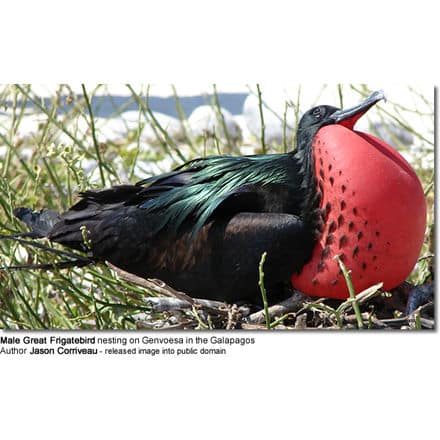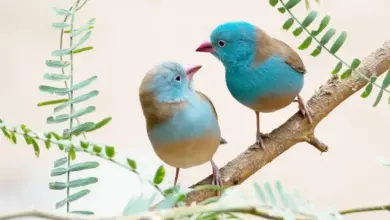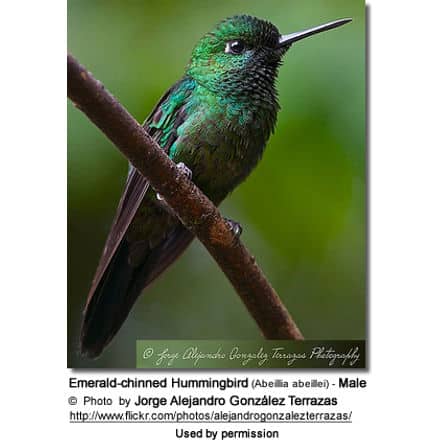Attracting Birds
Attracting Birds
There is nothing more delightful than watching wild birds roam your garden, providing you with an opportunity to watch them and enjoy their songs. The below will give you guidelines as how to achieve that. However, if you really want to set an goal, please consider creating and having your backyard certified as Backyard Habitat
Attracting Birds / Attracting Hummingbirds
Planting Flowers for the Birds
Food / Feeding Wild Birds
Tips on what bird food to provide to attract your favorite bird; the best feeders to use and instructions for making a fun and functional bird feeder with the kids …
Water:
Birds need fresh water for drinking as well as bathing. Even the sound of running water will attract birds. Bird baths are fine — but water fountains are preferable, as birds love the sound of water, and it encourages breeding. Alternatively, if you want a water source that requires more up front work but less daily upkeep, consider a pond. Start with a simple design and gradually make it complex.
Clean Water Only: The key to having a successful bird bath is to change the water at least every other day. This keeps the water fresh and ensures mosquitoes do not use the water. Every few days you should empty the bath, scrub it with a stiff brush, and rinse it well. Although some people recommend cleaning them with a bleach solution, we have found that isn’t necessary (besides being harmful to the environment!). If you must clean it with something, try a water and white vinegar solution or hot soapy water. Please note that the water needs to be kept clean. Dirty water will make the wild birds sick. I found a realy good way to keep water clean is to add a few drops of GSE to the water. It is inexpensive and lasts for a long time. As an additional benefit, GSE also has good anti-parasitic properties. Living in Florida (a humid / hot climate) I had a problem with mold and algea growing in my bird bath. I cleaned it as good as I could, but some of the stains didn’t seem to want to come out. I added a few drops of GSE to the clean drinking water and within a few days the bird bath was immaculate. Of course, the water should be changed every day or at least every other day and new GSE needs to be added.
What kind of Birth Bath is Best: The bird bath should be no deeper than three inches at the center. It should be even shallower at the edge, so that a bird can ease its way in. Many commercial birdbaths are too deep. If you already own a deep birdbath, you can put rocks in it to raise the bottom, though this will make it a little harder to keep clean.
The Sound of Water is Inviting to our Birds. The sound of falling water is pure invitation to birds, dramatically increasing the number of species that visit a birdbath – whether it is a water fountain or simply dripping water. For example, hummingbirds would never wade into the bath like other birds, because they bathe only in flight. But I have watched hummers zipping back and forth through the drips, timing their flights so that they catch a water drop on their backs on each pass. There are many ways to arrange for a drip. You can run a hose so that it trickles into the water; or install a small spray fountain designed for birdbaths; or suspend above the bath a bucket that has a 1/2-inch hole in the bottom with a bit of cloth stuffed through the hole as a wick. If you like an elegant-looking birdbath, you can even purchase one that has a dripper built in, as shown at right.
Rough bottomed. Birds don’t want to lose their footing, and they will hesitate to use a bath with a glazed, slippery bottom. Cement is good. If you already possess a slick birdbath, you can apply the non-skid stickers that are sold for people-baths.
Location of your Bird Bath!
Protect the Visiting Birds! Cats like to lie in wait beneath shrubbery or behind a concealing object and then pounce on the birds when they’re wet and can’t fly well. So put your birdbath at least five to ten feet from such hiding places. Give the birds a chance to see the cat coming.
With an escape route. The ideal location is under some branches that hang down within two or three feet of the bath. A wet bird can flutter a few feet up to the safety of the leaves.
On a pedestal. It’s easy to see from the house, easy to clean, and safer from predators. Alternatively, you can buy a birdbath designed to hang from a tree.
Within reach of a hose. Make your birdbath easy to clean and refill. But locate your birdbath away from your feeding station, because seeds and droppings would soil the water quickly. Change the water every few days, or even every day in hot weather. Dump it out or squirt it out with the hose. I keep a scrub brush outside with my gardening tools, so that I can brush out any algae that begins to form.
In view from a window. Place the birdbath where you can see it from indoors.
Water Features (bird baths, fountains, ponds) are enjoyed by humans and animals alike
Cover and Places to Raise Young
Wildlife need a place to hide in order to feel safe in your yard. They also need a more long-term shelter to raise their young. The easiest ways to provide cover is to use existing vegetation, dead and alive. Many shrubs provide great hiding places within their bushy leaves, and dead trees are home to lots of different wildlife. You can also construct hiding places using logs, brush or rocks. Another popular way to provide cover is to put up a nesting box for birds to raise their young. Depending on what types of birds come to your area, you would provide the right kind of nesting box.
-
- Kids enjoy making something called a “toad abode.” To make one, get a medium-size clay pot and saucer. Put the saucer on the ground and keep it filled with water. Nearby, put the pot upside-down with an edge resting on a rock. That makes room for a toad to fit through and hide inside. (If you have a broken pot with a chunk missing at the rim, you have an abode with an instant doorway – no need to prop it up.)
- Finally, ponds also provide cover for water-based wildlife so if you have a pond, you are already providing cover and places to raise young.
Nest Boxes / Houses
This website will provide you with information on nesting habits and nest box options, including what nest box will attract what species of birds, and even provide instructions for building nesting boxes / bird houses — if you are handy in woodworking. If you are not (like myself), there are beautiful, ready-to-inhabit nest boxes available for purchase.
Species Research by Sibylle Johnson
Please Note: The articles or images on this page are the sole property of the authors or photographers. Please contact them directly with respect to any copyright or licensing questions. Thank you.






